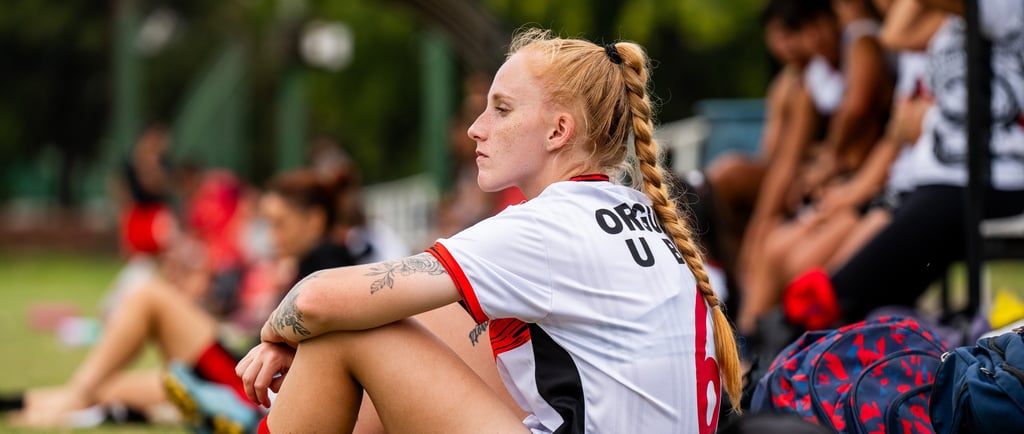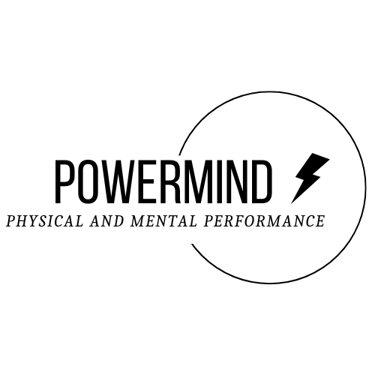How athletes use mental imagery in sports
6/16/20253 min read


In today’s world, mental skills are no longer optional. If you want to be at the top of your sport, mental skills are essential. One of the most widely used mental tools is imagery, also known as visualization.
Whether athletes use it to boost their confidence, enhance their feeling of readiness, or calm their nerves before a competition, imagery gives athletes a powerful sense of control over their performance.
But how exactly does it work?
What is Mental Imagery?
Imagery refers to the mental creation of experiences using all your senses to really live the different scenarios in your mind. It includes visual, auditory, kinesthetic (feeling of movement), olfactory, gustatory, tactile and emotional sensations (Dickstein & Deutsch, 2007). The objective is to imagine as many details as possible so that the person visualizing really believes that what they are imagining is happening for real.
The Science Behind Imagery
Imagery is more than just daydreaming. Based on the Information Processing Theory, it suggests that imagining movements activates neuromuscular pathways similar to real physical actions (Carpenter, 1875; Morris et al., 2005).
Interestingly, studies have shown that the brain often cannot distinguish between a vividly imagined action and a real one. Both activate similar neural pathways and neurochemical responses (Weinberg & Gould, 2007). So when an athlete uses imagery the right way and includes a lot of details in their mental representation of a specific scenario, the harder it gets for the brain to distinguish that this is not happening for real.
The PETTLEP Model
To make imagery more effective, it needs to be vivid and realistic. The PETTLEP model (short for Physical, Environment, Task, Timing, Learning, Emotion, Perspective) can be used to help athletes structure their imagery in a way that mirrors real-life performance demands (Holmes & Collins, 2001).
It consists of a 7-point checklist helping athletes incorporate all the essential elements into their imagery sessions.
Here’s how the PETTLEP model can be used:
Physical: Athletes can imagine all the physical elements of their sport. For example the equipment, their position, their state, etc.
Environment: Athletes should imagine the environment in which the actual competition or training occurs. For example using photographs or videos.
Task: Athletes should visualize the specific task that they want to do. For example including all the tactical, physical, mental, or technical elements to take into consideration when doing the specific task.
Timing: Athletes should visualize in real-time speed. They shouldn’t fast-forward the tempo of the imagery.
Learning: Athletes should visualize images that match their current state of learning. For example they should imagine their best current version instead of imagining a perfect execution.
Emotion: Athletes should include the emotions they usually feel during their performance. For example, the nerves before a penalty kick and the pride after scoring a goal.
Perspective: Athletes can decide between a first-person (seeing through one’s own eyes) or third-person (watching yourself) perspective. Both perspectives are good and athletes should choose the one they feel is the most appropriate for the image they are trying to recreate.
Bring it to Your Game
Remember that imagery is a skill. Like any skill, it takes practice to become good at it. The more you train, the better you get. The more consistent you are with it, the better. Athletes can use different tools to build their personalized imagery scripts, such as worksheets, audios, or performance videos. As a mental performance consultant, I help athletes learn how to use imagery effectively and how to incorporate it into their training.
Need help? Do not hesitate to contact me!
References
Carpenter, W. B. (1875). Principles of mental physiology. Frankfurt, Deutschland: Henry S. King&Company.
Dickstein, R., and Deutsch, J. E. (2007). Motor imagery in physical therapist practice. Phys. Ther. 87, 942–953.
Holmes, P. S., and Collins, D. J. (2001). The PETTLEP approach to motor imagery: a functional equivalence model for sport psychologists. J. Appl. Sport Psychol. 13, 60–83.
Morris, T., Spittle, M., and Watt, A. P. (2005). Imagery in sport. Champaign, IL: Human Kinetics.
Weinberg, S. R., and Gould, D. (2007). Foundation of SportandExercisePsychology. Champaign, IL: Human Kinetics Publishers, s40.


